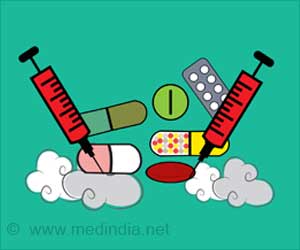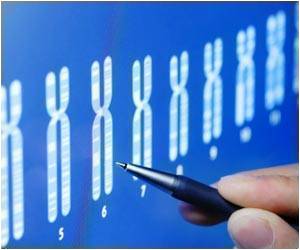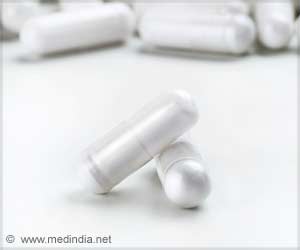The world’s largest scientific society- the American Chemical Society-has said that in order to have an accurate estimate of the illegal drugs used in the community it s better to study the sewage. The sewage carries the drug residues and metabolites excreted in urine.
Rather than screening people it would better to test the sewage flushed toward municipal sewage treatment plants. This would be a more rapid, reliable and inexpensive to check trends in drug use at the local, regional or state levels. In this method the anonymity of the individual is also intact. Lead researcher Jennifer Field, Ph.D., an environmental chemist at Oregon State University who along with colleagues at Oregon State University and at the University of Washington presented the papers at the 234th national meeting of the American Chemical Society.Past estimates of illicit drug abuse in a community were based largely on surveys in which children and adults were asked about their use of illegal drugs. Researchers knew that some were untruthful, with individuals reluctant to admit breaking the law.
Preliminary tests conducted in 10 U.S. cities show the method can simultaneously quantify methamphetamine and metabolites of cocaine and marijuana and legal drugs such as methadone, oxycodone, and ephedrine, according to Aurea Chiaia, a graduate student who is working to refine the process and described details at the ACS meeting.
“Because our method can provide data in real time, we anticipate it might be used to help law officials undertaking surveillance to make intervention or prevention decisions or to decide where to allocate resources,” Chiaia says.
Recently, scientists have sought ways to gauge illegal drug use by measuring the levels of drugs and their by-products found in rivers and wastewater. Last year, Italian scientists found ways to detect metabolites for cocaine in the Po River, giving law enforcement officials more accurate estimates on cocaine use in the area. The U.S. Office of National Drug Control Policy has obtained samples from a dozen different waterways in an effort to assess illegal drug use, as well.
Field says the new screening method under development in her lab improves upon the utility of the laboratory tools currently used to identify traces and metabolites of drugs in such studies. Tandem mass spectrometry, for example, is a laboratory method routinely used to identify the unique by-products of various drugs by determining their molecular weight. The problem is, the method frequently requires a time-consuming off-line process to concentrate the samples.
Advertisement
Her lab is now refining the technique to verify its accuracy for extremely low concentrations, on the order of a few nanograms (billionths of a gram) per liter. Calculations of drug use based solely on byproducts found in water supplies, especially at low levels, can be subject to error, Field says. To address this issue, her lab is working to identify common indicators, or biomarkers, such as caffeine or nicotine that can be used to sharpen their calculations.
Advertisement
The method would eliminate the need to rely on surveys, medical records and crime reports to assess the scope of a community’s drug abuse problem, she says, and allow drug enforcement officials to monitor drug use through time and across geographic regions.
“If you’re looking for trends over time or space, this will be a suitable methodology,” she says. “By using rapid screening methods on a regular basis, we could follow regional (spatial) trends over time in drug use,” she says.
Source-Eurekalert
BIN/J








